What is an ERP Flow Chart? A Comprehensive Guide
Introduction
Understanding complex systems can often be a difficult task. When it comes to Enterprise Resource Planning (ERP), it’s vital to have clear, concise tools to aid in comprehension. That’s where an ERP flow chart comes into play. So, what is an ERP flow chart? This guide aims to provide an answer.
What is an ERP Flow Chart? Definition and Overview
An ERP flow chart is a graphical representation of the different processes and relationships within an ERP system. It helps in visualizing how different functions and modules within the system interact with each other. From a glance, it can be possible to understand complex relationships and dependencies within the system.
Key Components
-
Nodes: Represent the different functions, modules, or processes within the ERP system.
-
Arrows: Symbolize the flow of information or process from one part of the system to another.
-
Legend: A key explaining symbols and notations used in the flow chart.
Why Use an ERP Flow Chart?
The question, “What is an ERP flow chart?” isn’t complete without understanding why it’s essential. Here are some reasons:
-
Clarity: It simplifies the understanding of complex processes.
-
Efficiency: Helps in pinpointing bottlenecks and inefficiencies.
-
Collaboration: Assists in communication between different departments.
In the heart of every thriving business lies an effective workflow, and enterprise resource planning (ERP) systems have proven to be revolutionary tools in streamlining business processes. A core aspect of ERP systems that cannot be underestimated is the use of an ERP flow chart. But the question often arises, why use an ERP flow chart? This article explores the importance of an ERP flow chart and how it can improve your business operations.
Examining an ERP system
Let’s begin by examining an ERP system in its entirety.An ERP system is used to manage, simplify, and organize a business’s sales, purchasing, accounting, human resources, customer service, and inventory management, to name just a few areas. A modern corporation’s “central nervous system” might be referred to as an ERP system. The flow chart, on the other hand, shows the sequence of tasks and decision-making points while graphically representing the many processes in a process.
The Essence of an ERP Flow Chart
So, why use an ERP flow chart? An ERP flow chart plays a vital role in visualizing the sequence of a business process, from start to finish. It elucidates the entire workflow within the ERP system, providing a clear, visual guide to how data flows through various business departments. This makes it easier for business leaders, project managers, and even employees to understand and navigate the complexities of business processes.
Enhancing Workflow Efficiency
An ERP flow chart is not merely a fancy diagram but a strategic tool that significantly enhances workflow efficiency. It helps identify bottlenecks, redundancies, and unnecessary steps in the process, which can lead to time and cost savings. By implementing an ERP system using a flow chart, you can ensure a more seamless, efficient workflow.
Facilitating Business Process Analysis

A fundamental reason to ask “why use an ERP flow chart?” lies in its role in facilitating business process analysis. The chart provides an in-depth view of the operational tasks, allowing analysts to scrutinize each step for possible improvements. By highlighting areas of inefficiency, an ERP flow chart enables businesses to streamline operations and eliminate waste, ultimately leading to enhanced productivity.
Simplifying Complex Processes
Every business, irrespective of its size or industry, has complex processes. An ERP flow chart simplifies these processes by breaking them down into manageable chunks. It provides a clear visual representation of the sequence of tasks and their interdependencies, making it easier for everyone in the organization to understand the overall workflow. This improved understanding helps to avoid mistakes and improve the speed and quality of work.
Enabling Data Flow Visualization
In the era of big data, understanding how data flows through your organization is critical. An ERP flow chart visualizes this data flow, providing insights into how different systems interact with each other and how data is processed. This not only aids in better decision-making but also ensures data accuracy and integrity.
Strengthening Collaboration
When everyone in the organization can see and understand the flow of work, it promotes a collaborative culture. An ERP flow chart offers this visual clarity, fostering communication and cooperation among different departments. It enables team members to see how their tasks fit into the bigger picture, which can boost morale and productivity.
Ensuring Regulatory Compliance
Many industries have strict regulations regarding data handling and business processes. An ERP flow chart can help businesses ensure that they are in compliance with these regulations. It can demonstrate how data is tracked and processed, which is often necessary for audits and certifications.
Facilitating Training
Training new employees or transitioning roles within the organization can be simplified with an ERP flow chart. It serves as a helpful guide, enabling the trainees to understand the business process better and faster.
In conclusion, the question of why use an ERP flow chart is answered by the myriad benefits it offers – from streamlining processes and visualizing data flow to enhancing collaboration and ensuring regulatory compliance. Adopting an ERP flow chart in your business operations can improve efficiency, productivity, and ultimately, the bottom line. So, if you haven’t already, it’s time to embrace the power of an ERP flow chart!
How to Create an ERP Flow Chart?
Creating an ERP flow chart can be done using various tools and software. Here’s a step-by-step guide:
-
Identify the Processes: Understanding what you want to represent is key. Break down the ERP system into its core functions and modules.
-
Choose the Right Tool: Many tools are designed specifically for flow charts, such as Visio, Lucidchart, or even PowerPoint.
-
Start with the Basics: Begin with the primary functions and build from there, adding complexity as needed.
-
Use Standard Symbols: Stick to the standard symbols for consistency.
-
Iterate and Refine: Work with different stakeholders to refine the chart as necessary.
Examples of ERP Flow Chart in Various Industries
Understanding what an ERP flow chart is can be further enriched by looking at examples across different industries:
-
Manufacturing: Illustrating the flow from procurement to production, quality control, and finally, distribution.
-
Healthcare: Demonstrating patient registration, treatment plans, billing, and follow-up care.
-
Retail: Showcasing inventory management, sales processing, customer relationship management, and more.
Common Mistakes to Avoid

While asking, “What is an ERP flow chart?” it’s also vital to understand what to avoid:
-
Overcomplicating: Too much detail can lead to confusion.
-
Inconsistency: Using different symbols or notations can lead to misunderstandings.
-
Ignoring Key Stakeholders: The chart should be created with input from all relevant parties to be effective.
Conclusion
So, what is an ERP flow chart? It’s more than a simple diagram; it’s a tool that provides clarity, enhances efficiency, and fosters collaboration within a business. Whether you’re in manufacturing, healthcare, retail, or any other industry, understanding and employing ERP flow charts can bring tremendous value to your operations. By following the guidelines mentioned above, you can create an effective ERP flow chart tailored to your specific needs.
In the ever-complex world of enterprise resource planning, an ERP flow chart becomes a compass guiding the way. It’s not merely a question of “What is an ERP flow chart?” but rather, how it can be leveraged to make your business better.

